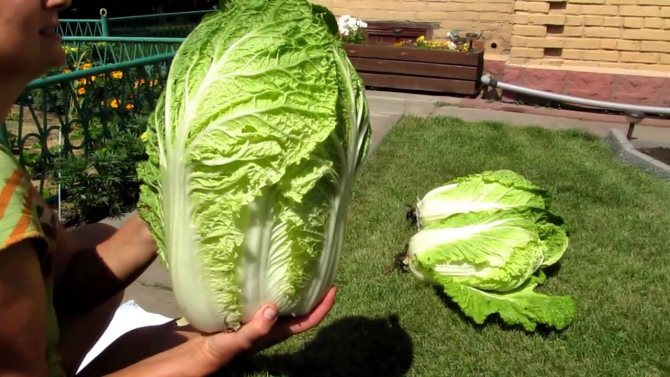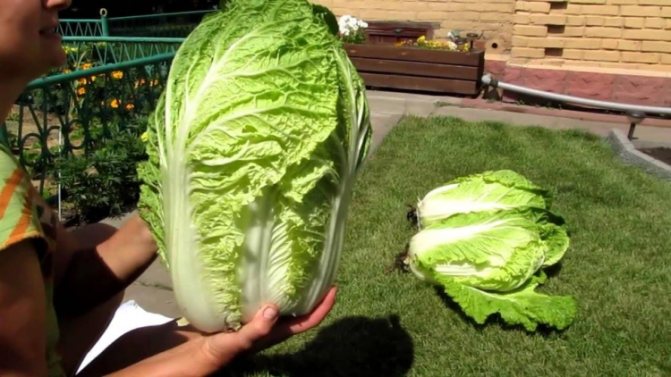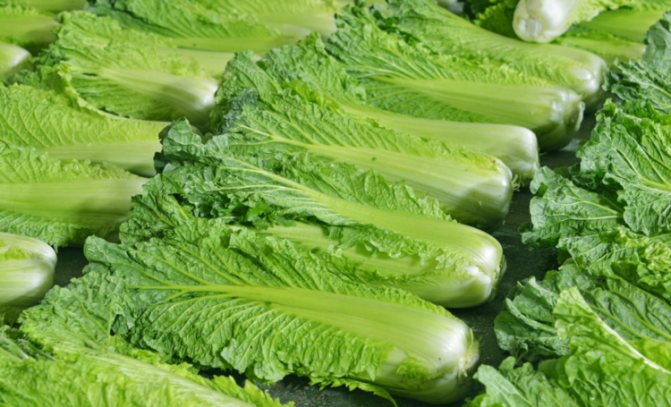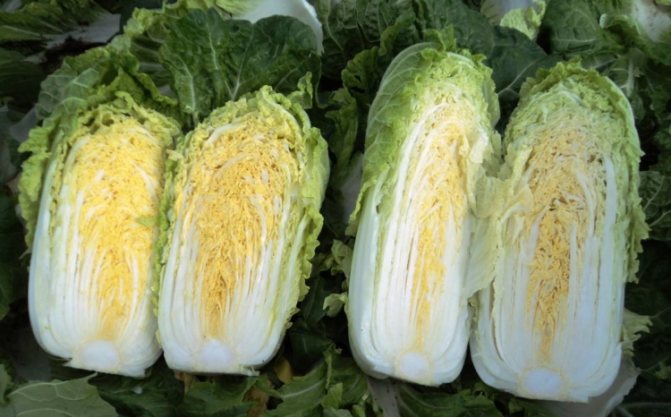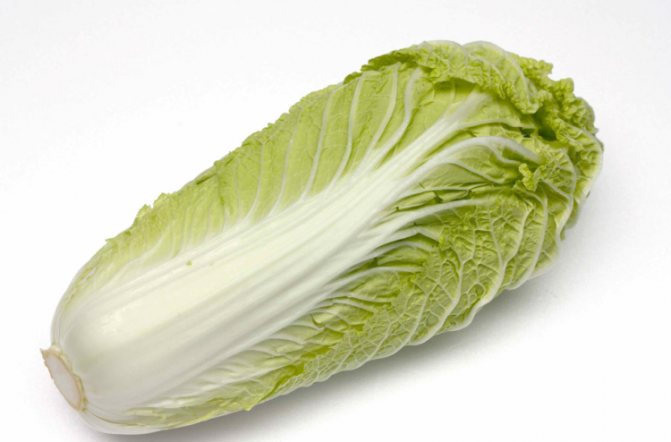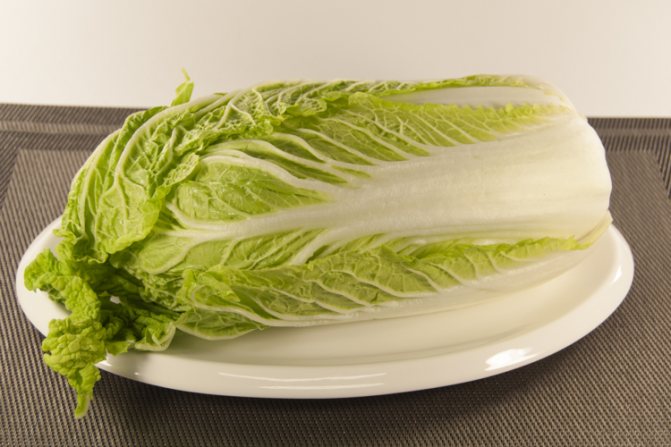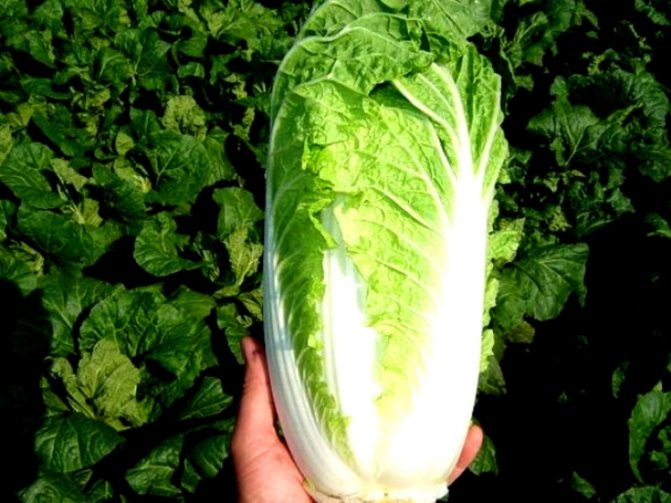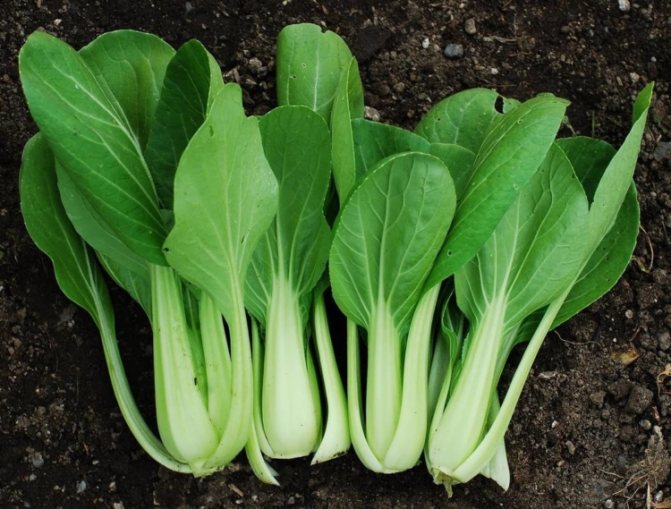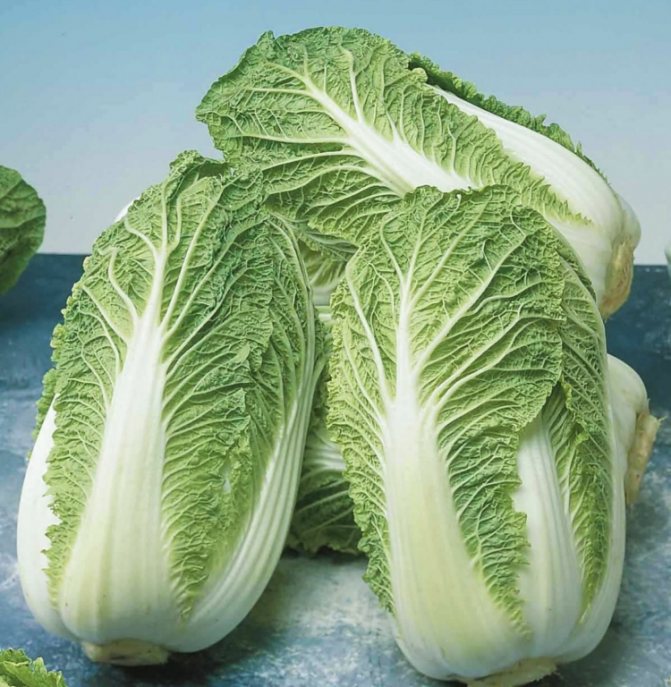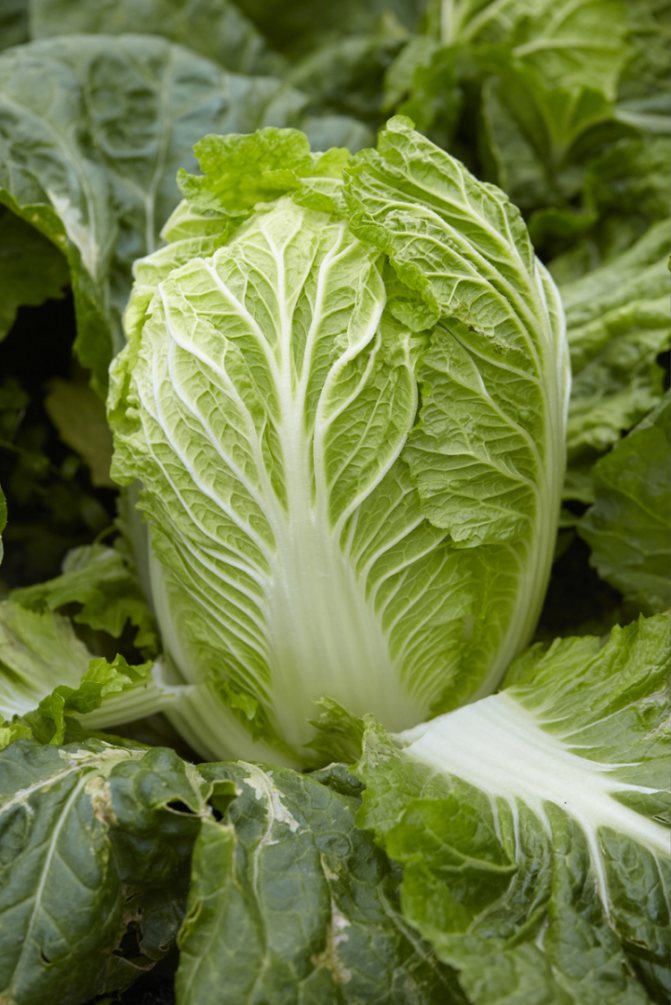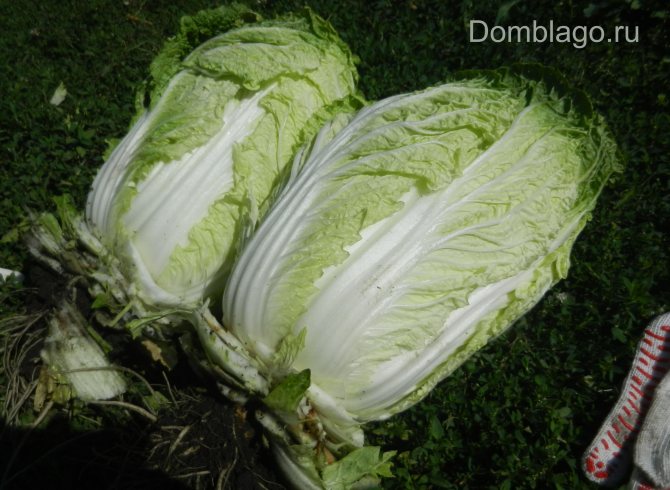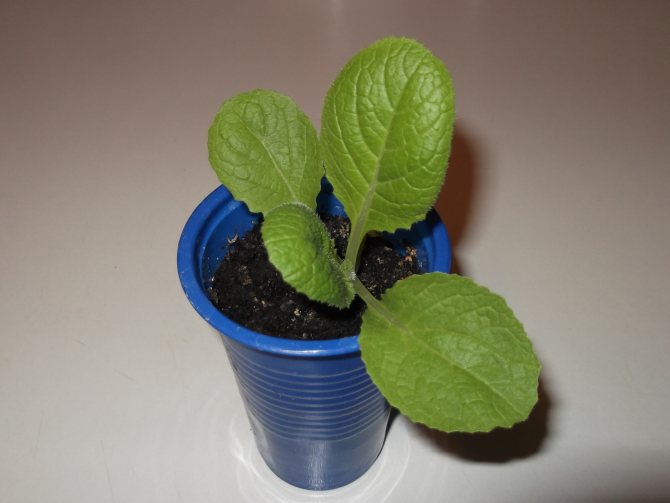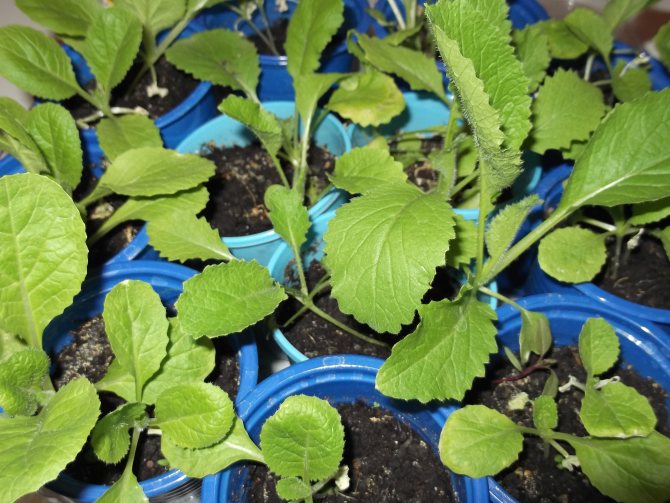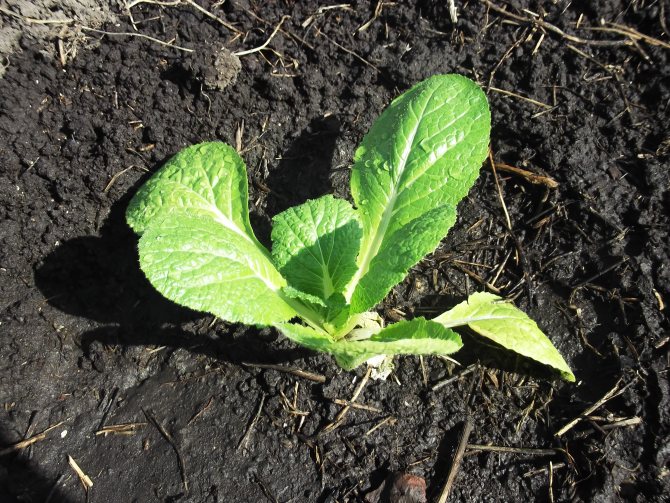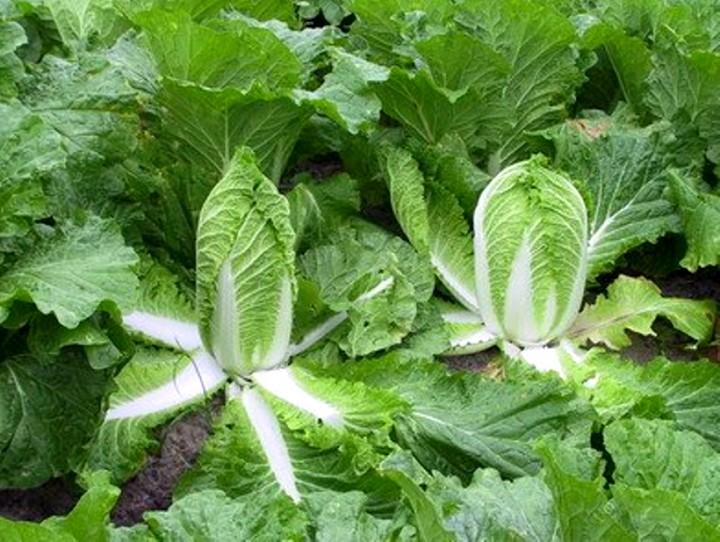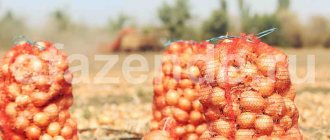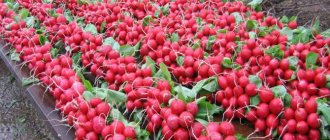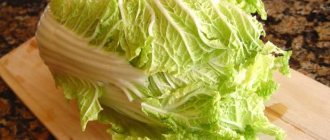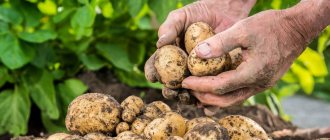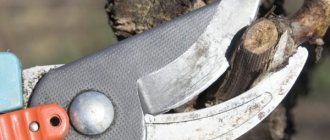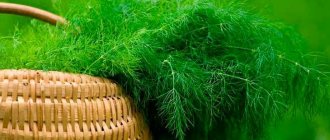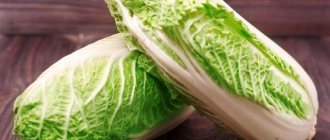Peking cabbage is a herbaceous annual plant with a maturation cycle of two months from seed to seedling. It can be grown in any soil. A rich harvest can be obtained if the culture is properly cared for.
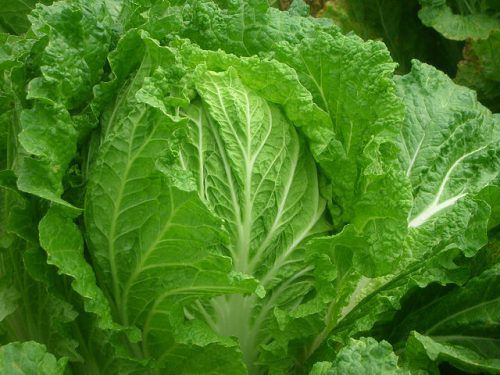
Peking cabbage is one of the earliest varieties of cabbage
Features of Chinese cabbage
Peking cabbage, it is salad, or Chinese, or petsai. It is a cold-hardy herbaceous two-year vegetable, although in practice it is more often grown as an annual. It has head and leaf varieties. Heads of cabbage have an elongated shape, 30-60 cm long. Color - from light yellow to bright green. Peking cabbage tastes like Romano salad - just as juicy and firm. Its leaves contain:
- protein (up to 3.5%);
- vitamin C (five times more than lettuce leaves);
- vitamins B1, B2, B6, PP, A, E, K, U;
- citric acid and carotene in large quantities;
- mineral salts;
- 16 amino acids, including essential ones.
Peking is used, just like other types of cabbage. She does not have a specific cabbage smell. Therefore, the dishes are more refined in taste and aroma. The content of vitamins B1, B2, B12, PP in sauerkraut is higher than in fresh one. And also there are many biologically active components in it, thanks to which Peking cabbage not only nourishes, but also heals.
The famous Korean kimchi is Chinese cabbage. For Koreans, this is the main dish on the table.


Chinese cabbage is a great food
Chinese cabbage is especially beneficial for cardiovascular diseases, headaches, depression and anemia. The high content of lysine - an amino acid that dissolves foreign proteins, cleanses our blood and improves immunity. And 100 g of Peking cabbage contains only 16 kcal. At the same time, the body spends more calories on digestion than it receives from it. Therefore, to the question of what to eat in order to lose weight, there is an answer - Chinese cabbage salad!
Peking cabbage is rich in coarse vegetable fiber. In this regard, it should be used with caution by people with diseases of the digestive system: high acidity, gastritis and stomach ulcers.
Chinese cabbage is able to retain all its nutrients for three months. Therefore, it is difficult to replace it with something in the fall. Salads cannot be stored for that long. And white cabbage is inferior to Peking cabbage in taste and nutritional qualities and requires more difficult storage conditions.
Late
Late maturity varieties tend to be stored for a long time. This becomes possible due to the development of leaves and central veins that are denser in structure.
See also
Is it possible to mulch cabbage with cut grass and what else to carry out
To read
Wineglass
One of the most famous late varieties. Ripening occurs 70 days after planting. Heads of cabbage acquire an elongated shape as they ripen. Leaves are loose and porous. The variety is not prone to shooting. Possesses high yield rates.
Nika
The hybrid is not prone to the formation of arrows, it is resistant to most diseases. Fruit weight reaches 2.5 kilograms. Leaves are dense and tough. Suitable for preparing salads and used in preparations.The variety is able to maintain its useful qualities for a long time and not lose shape. This is possible if stored in a dark, cold place with leaves tightly pressed against each other.
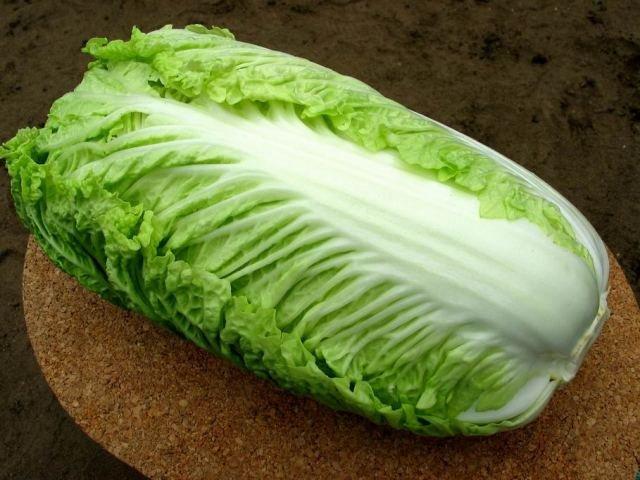

Monument
A variety with fruits reaching 3.5 kilograms. Has a specific taste with bitterness. Shows resistance to subzero temperatures, is resistant to keel and bacterial infections. When cut, the leaves become yellowish, on the outside they have a classic light green color.
Peking cabbage varieties
Peking cabbage is a newcomer to the State Register of Breeding Achievements Approved for Use. Domestic agronomists became interested in it only in the 80s of the last century. So Russian varieties are still young, but already quite diverse. The State Register recommends us at least fifty varieties for growing in Russia. In general, they can be divided into:
- early - the harvest grows for 40–55 days;
- medium - 55-60 days before heading;
- late - 60–80 days of ripening.
To provide yourself with a continuous harvest throughout the season, it is more correct to grow plants of both early, and middle, and late ripening periods.
By the way, you can start harvesting Peking cabbage without removing the entire plant from the garden. An ovary of up to six leaves can be cut off for salad. The cut leaf grows back well.
Table: an overview of the varieties of Peking cabbage recommended by the State Register
| Early | Average | Late |
| Miraco F1 | Aikido F1 | Turquoise F1 |
| Vorozheya | Bilko F1 | Nika F1 |
| Spring beauty | Glass F1 | Janine F1 |
| Khibinskaya | F1 Garnet | Pussy F1 |
| Richie F1 | Orange Heart F1 | F1 Market |
| Manoko F1 | Autumn Jade F1 | Modern |
| Sorceress F1 | Yuki F1 | Suprin F1 |
| Custar F1 | Princess F1 | Taranko F1 |
| Little Miracle F1 | Morilo Storido F1 | |
| F1 medalist | Mojito F1 | |
| Naina F1 | Pacifico F1 | |
| Preview F1 | Harbin | |
| Spring | Emiko F1 | |
| Rossem 1 | ||
| Sentyabrina F1 | ||
| Sotsy F1 | ||
| Sprinkin F1 | ||
| Tabaluga F1 | ||
| Filippok F1 | ||
| Shanghai | ||
| Enduro F1 |
Characteristics of the best varieties
The most popular varieties among our gardeners are those that are distinguished by excellent taste, resistance to shooting and disease.
Table: characteristics of hybrid Aikido F1
| Yield | Good |
| Mass and shape of a head of cabbage | Oblong head of cabbage with a white heart |
| Ripening terms | Medium early, 70 days |
| Shooting resistance | Resistant to flowers and diseases |
| Taste | Excellent, delicate and juicy |
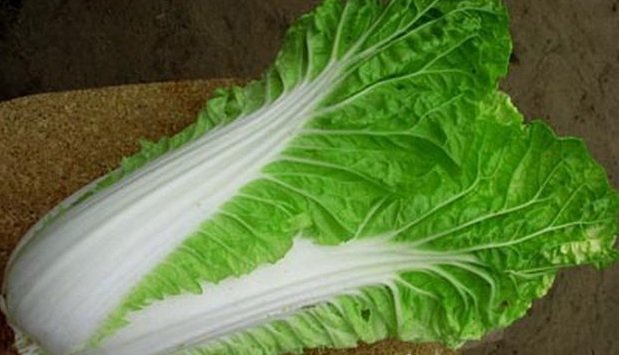

Peking cabbage variety Aikido F1 tolerates heat well
Table: description of the hybrid Bilko F1
| Yield | Very high |
| Mass and shape of a head of cabbage | 1-1.5 kg, elongated |
| Ripening terms | 60-65 days |
| Shooting and disease resistance | Bloom-resistant, cold-resistant |
| Taste | Nice, sweetish, heads of cabbage are stored for a long time and are well transported |


Peking cabbage of Bilko F1 variety is resistant to fusarium and other plant diseases
Table: the main qualities of the hybrid Goblet F1
| Yield | High, 9-12 kg per 1 m2 |
| Mass and shape of a head of cabbage | 1.5 - 2 kg, medium size, broadly elliptical head shape |
| Ripening terms | Medium late, 75 days |
| Shooting and disease resistance | The variety is resistant to flowering and keel, tolerates high temperatures well, suitable for growing two crops per season |
| Taste | One of the best-tasting salad varieties |


Peking cabbage of the Bokal F1 variety of medium late ripening is leading in terms of taste
Table: characteristic features of the F1 Spring Jade hybrid
| Yield | 7.2-9.2 kg per 1 m2 |
| Mass and shape of a head of cabbage | Large heads of cabbage 2-3 kg |
| Ripening terms | Early maturing, from planting seedlings in the ground to harvesting heads of cabbage 50 days |
| Shooting and disease resistance | Resistant to bloom and heat |
| Taste | Juicy, crispy, with a delicate inner structure |


Heads of Peking cabbage variety Spring nephrite F1 are large in size
Table: consumer properties of the Vorozheya variety
| Yield | High |
| Mass and shape of a head of cabbage | Semi-vertical rosette of leaves, wide open loose head of cabbage, weight 2-2.5 kg |
| Ripening terms | Mid-season, ripening period 61-68 days |
| Shooting and disease resistance | Shooting resistant |
| Taste | Excellent, popular for fresh consumption |


Peking cabbage of the Vorozheya variety has an excellent taste
Table: varietal indicators of the hybrid Hydra F1
| Yield | Good |
| Mass and shape of a head of cabbage | 1 kg, vertical shape, dark green leaves, yellow-white inner leaves |
| Ripening terms | Early maturing, 50–55 days from planting seedlings |
| Shooting and disease resistance | Genetically resistant to diseases: keela, mosaic virus, mucous bacteriosis |
| Taste | Delicate and juicy, cannot be stored for a long time |


Peking cabbage Hydra is disease resistant
Table: characteristics of the hybrid Pomegranate F1
| Yield | High-yielding: 7.2 kg per 1 m2 |
| Mass and shape of a head of cabbage | 2.5–3 kg, elongated cylindrical head of cabbage, light yellow in the cut |
| Ripening terms | Mid-season, 70-80 days from germination to maturity |
| Shooting and disease resistance | Resistant to leaf necrosis and flowering |
| Taste | The best salad variety, excellent taste with a little sweetness, suitable for pickling |


Peking cabbage of the F1 Pomegranate variety is very productive
Table: description of the Lyubasha variety
| Yield | 7.7 kg per 1 m2 |
| Mass and shape of a head of cabbage | Head of cabbage elongated, half-open, loose, medium-sized, weighing 1.7-2.5 kg |
| Ripening terms | Mid-season, from transplanting seedlings to ripeness 35–45 days |
| Shooting and disease resistance | Resistant to early flowering |
| Taste | Juicy crispy leaves with a very pleasant taste |
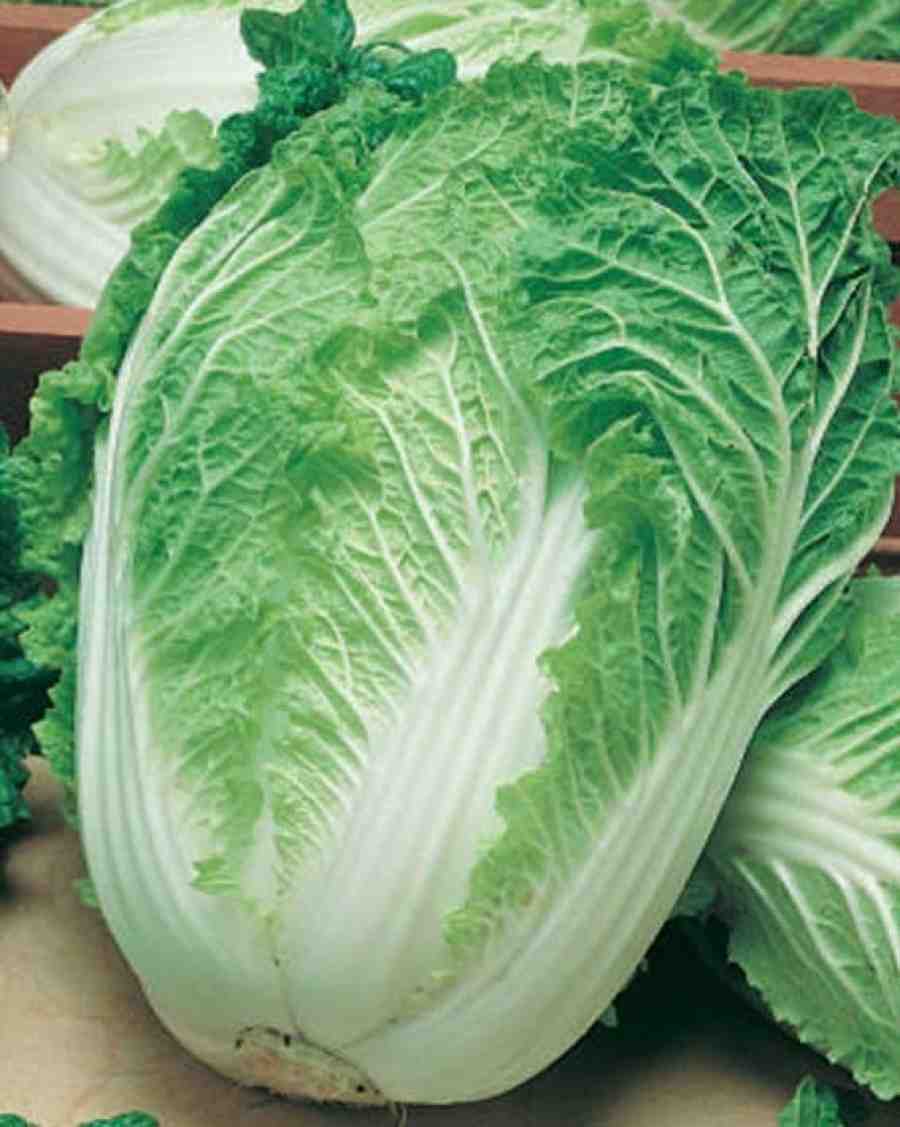

Peking cabbage of the Lyubasha variety has an unusual pleasant aroma
Table: the main qualities of the Manoko F1 hybrid
| Yield | High |
| Dimensions, color | Light green, medium-sized |
| Mass and shape of a head of cabbage | Head of cabbage, barrel-shaped, dense, 0.8-1.4 kg |
| Ripening terms | Early maturing, 45-50 days from germination to harvest. |
| Shooting and disease resistance | Resistant to throwing out arrows. Does not undergo fusarium and brown leaves. |
| Taste | Beautiful |


Peking cabbage of Manoko F1 variety can be planted in summer, as the plant perfectly tolerates heat
Table: salient features of the Miss China F1 hybrid
| Yield | 9.5 kg per 1 m2 |
| Mass and shape of a head of cabbage | Head of cabbage, cylindrical, closed, elongated, weighing 1.5-2 kg |
| Ripening terms | Early maturing 50-60 days |
| Shooting and disease resistance | Suitable for late summer sowing |
| Taste | Excellent, suitable for salting, short shelf life |
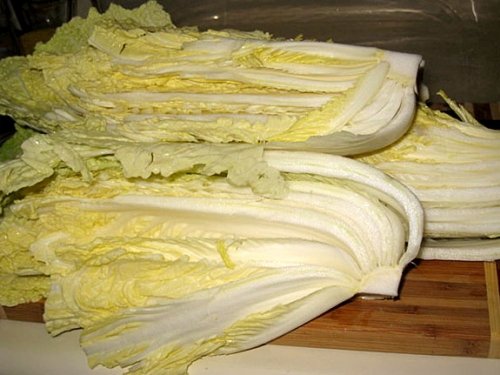

Peking cabbage of the Miss China F1 variety is suitable for making Korean kimchi
Table: consumer properties of the Natsuki F1 hybrid
| Yield | 5 kg per 1 m2 |
| Mass and shape of a head of cabbage | Rounded-elongated shape, weight - from 200 g to 1 kg |
| Ripening terms | 40-45 days after transplant, very early maturing |
| Shooting and disease resistance | Tolerant to leaf browning and black spot, heat resistant |
| Taste | Excellent, perfectly stored for up to three months |
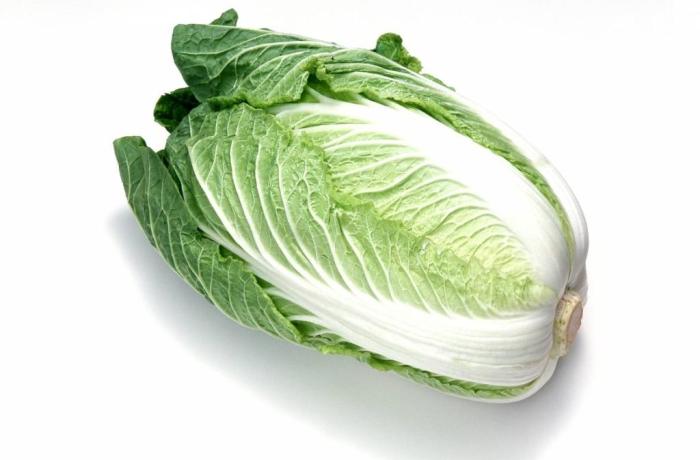

Peking cabbage variety Natsuki F1 extremely early maturing
Table: varietal indicators of the hybrid Tenderness F1
| Yield | Good |
| Dimensions (edit) | Small head of cabbage, weight - 0.5 kg |
| Mass and shape of a head of cabbage | Semi-vertical arrangement of leaves, inside a yellowish-white color |
| Ripening terms | Ultra-ripe, 45 days from germination to cutting |
| Shooting and disease resistance | Resistant to keel and mucous bacteriosis |
| Taste | A great |


Peking cabbage of the Tenderness F1 variety is suitable for growing in the open field and in the greenhouse
Table: characteristics of the hybrid Nika F1
| Yield | High |
| Mass and shape of a head of cabbage | 2–3 kg, wide-elliptical shape, dense head of cabbage, yellow on the cut |
| Ripening terms | Early ripe, 50-60 days |
| Shooting and disease resistance | Shooting and keel resistant |
| Taste | Excellent for fresh consumption, suitable for fermentation and storage for 3 months |
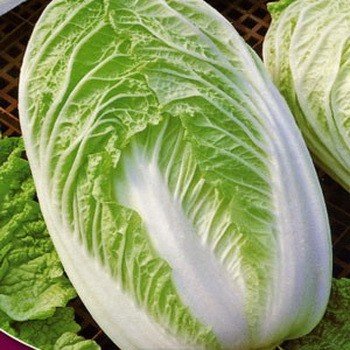

Peking cabbage of the Nika F1 variety is well stored in winter
Table: hybrid description Orange Heart F1
| Yield | 6.2 kg per 1 m2 |
| Mass and shape of a head of cabbage | A very beautiful and unusual variety: dark yellow on the cut. The head of cabbage is elongated, half-open, medium friable. Weight - 0.75 - 1.5 kg |
| Ripening terms | Mid-season |
| Shooting and disease resistance | Resistant to high temperatures and viruses |
| Taste | Good, not stored for a long time. |
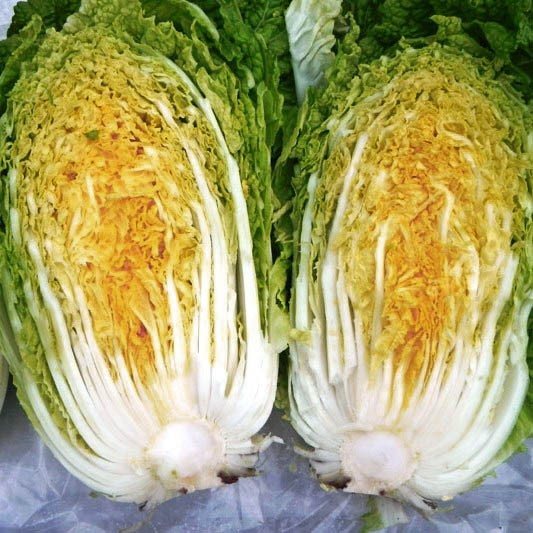

Peking cabbage of the Orange Heart F1 variety is considered one of the most beautiful
Table: the main qualities of the hybrid Autumn jade F1
| Yield | High: 7.9–9.5 kg per m2 |
| Mass and shape of a head of cabbage | Dense, elongated heads of cabbage 55-60 cm, weighing 3-3.5 kg |
| Ripening terms | Mid-early - 40-45 days from planting seedlings, suitable for summer sowing in the ground |
| Shooting and disease resistance | Resistant to viral mosaic and downy mildew |
| Taste | Excellent salad flavor, suitable for salting, processing and storage |
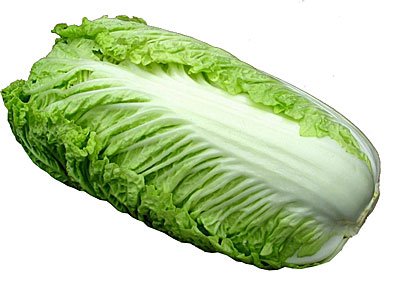

Peking cabbage variety Autumn Jade F1 is used for fermentation
Table: characteristic features of the hybrid Autumn Beauty F1
| Yield | High: 7.2-9.5 kg per 1 m2 |
| Mass and shape of a head of cabbage | Large, elongated, half-open, medium-density heads of cabbage, yellow in cross-section, weight - 1.5-2.5 kg |
| Ripening terms | Mid-early - 45-50 days from disembarkation of seedlings |
| Shooting and disease resistance | Resistant to flowers and diseases, tolerates cold and shade well |
| Taste | A great |
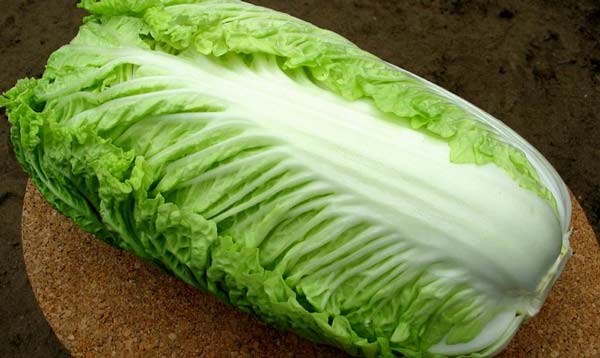

Peking cabbage of the Autumn Beauty F1 variety is distinguished by its unpretentiousness
Table: varietal indicators of the Richie F1 hybrid
| Yield | High |
| Mass and shape of a head of cabbage | 2.5 kg, dense head structure |
| Ripening terms | Early |
| Shooting and disease resistance | Does not succumb to mucous bacteriosis |
| Taste | Very delicate, therefore cannot be stored for long |


Peking cabbage of the Richie type F1 has dense massive heads of cabbage
Table: consumer properties of the TSKHA 2 variety
| Yield | Good |
| Mass and shape of a head of cabbage | Small heads of cabbage with voids |
| Ripening terms | Early variety |
| Shooting and disease resistance | Adapted to color |
| Taste | Great taste, delicate leaves for short storage |
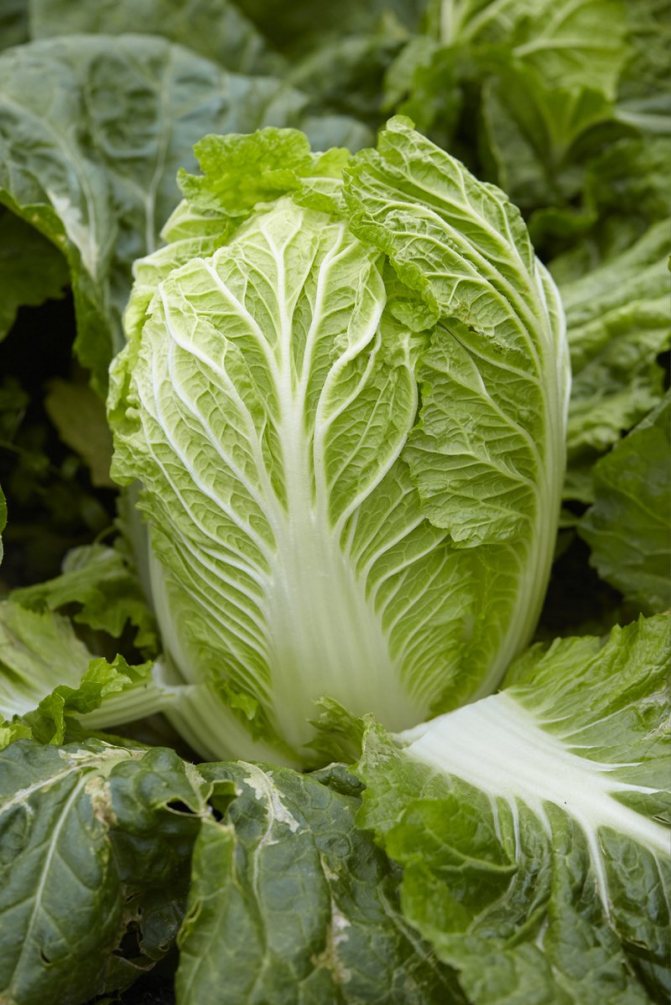

Peking cabbage of TSKHA 2 variety gives an early harvest
Table: characteristics of the Khibinskaya variety
| Yield | 3 kg per 1 m2 |
| Mass and shape of a head of cabbage | Head shape - elongated cylinder |
| Ripening terms | Very early - 40-50 days outdoors and 25 days in the greenhouse |
| Shooting and disease resistance | Needs short daylight, otherwise it tends to bloom |
| Taste | A great |


Peking cabbage of the Khibinskaya variety can be used in the leaf phase of ripeness, without waiting for the formation of a head of cabbage
Table: description of the Yuki F1 hybrid
| Yield | 2.5 kg per 1 m2 |
| Mass and shape of a head of cabbage | Medium-sized, cylindrical cabbage, weight 1–2 kg |
| Ripening terms | Two month |
| Shooting and disease resistance | Resistant to bacterial rot and fungal diseases, characterized by delayed flowering, unpretentious, tolerates cold weather well |
| Taste | Nice, good transportability |
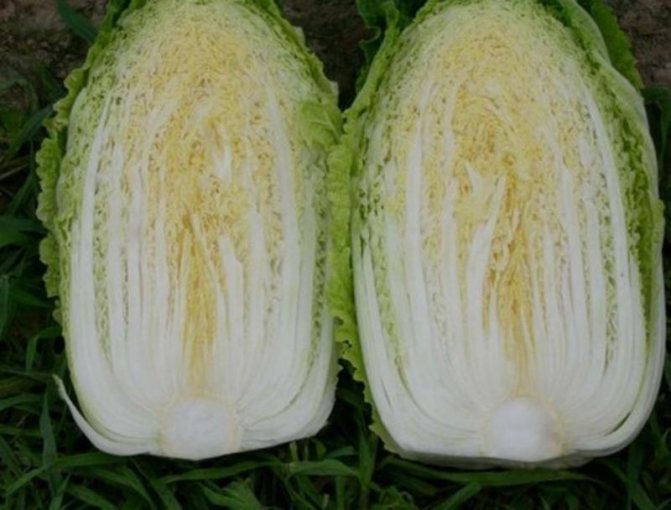

Peking cabbage Yuki F1 is cold resistant
for the Urals and Siberia
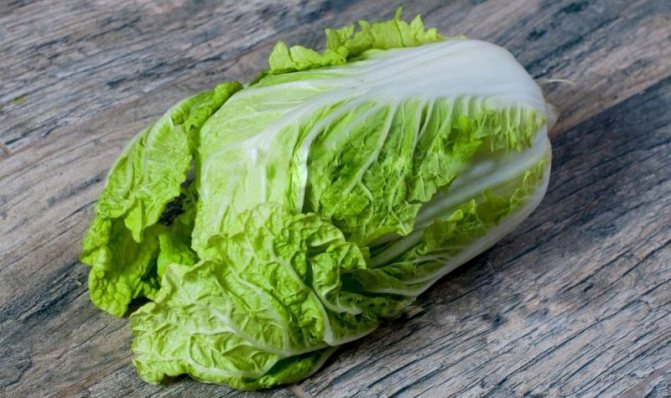

Peking cabbage is the most delicate culture of the representatives of the cabbage family. It is often called "Chinese salad" because Peking is really more like lettuce than cabbage. This vegetable is usually eaten fresh and is not very suitable for heat treatment or preparations. In Russia, many gardeners already grow Peking cabbage in their gardens - fortunately, the culture is unpretentious and does not require special care.
| ARTICLE IN THE TOPIC: Growing cabbage outdoors |
Peking cabbage is very healthy. The culture contains fiber, protein, many vitamins, salts, amino acids and minerals. In particular, the chemical composition of the vegetable contains a large amount of ascorbic acid, tocopherol, beta-carotene, choline and other vitamins. Of the mineral elements, Peking cabbage leaf contains potassium, magnesium, phosphorus, calcium, sulfur, and iron.
CONTENT:
- Early varieties of Chinese cabbage
- Mid-season varieties of Peking cabbage
- Late varieties of Chinese cabbage
SEE ALSO:
- White cabbage varieties
- Broccoli variety
- Cauliflower varieties
- Brussels sprouts varieties
[/ td]
|
Peking cabbage, when ripe, forms loose cylindrical heads of cabbage, the rosette of which consists of delicate elongated leaves with soft rare veins. The outer leaves are characterized by a rich light green or green color. The color of the inner leaves is yellow or yellow-green.
Depending on the variety, Peking cabbage heads weigh from 1.2 to 4 kg. When planting seeds in mid-spring, the first harvest of Peking cabbage is harvested in mid-June. When sowing again in summer, the crop is cut in mid-autumn.
The popularity of Peking cabbage among our gardeners is still small and makes up about 11% of all cultivated cabbage species. However, every year the demand for it is rapidly increasing. Breeders, taking this fact into account, are working on the creation of new zoned varieties. Now, for cultivation, they mainly use seeds of various foreign varieties of Peking. Although there are already domestic hybrids on the market.
All varieties of Peking cabbage are divided into leafy, semi-cabbage and cabbage varieties. The variety of varietal assortment allows you to choose Peking cabbage even for growing in the harsh conditions of the Urals and Siberia.
Choosing a variety of Peking cabbage suitable for the northern regions, it is necessary to take into account the cold resistance of the culture, and the period of time that the vegetable will need to ripen. Experts recommend choosing early Peking varieties for cultivation in cold regions. In this case, the culture will have time to mature even if the summer is short and cloudy.
Growing Chinese cabbage in the open field
Peking can be grown both outdoors and in a greenhouse. Each method has its own characteristics.
Peking cabbage grows well outdoors. Moreover, in the open air and in good light, it accumulates much less nitrates. True, she has one feature that endangers a good harvest. From sudden changes in temperature, Peking cabbage immediately begins to bloom.
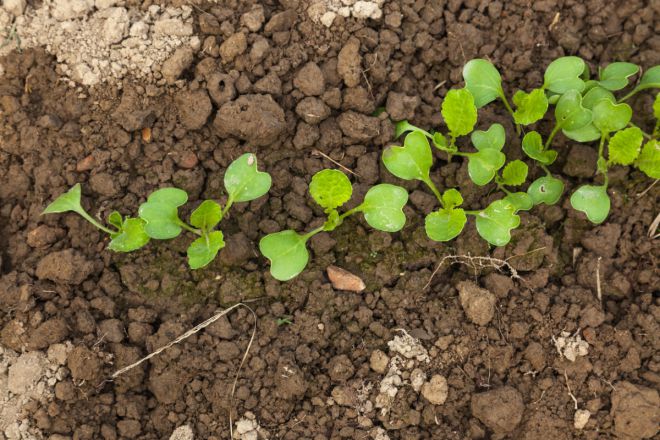

The first shoots of Chinese cabbage appear in a week
Landing
The first planting in open ground should be started in April. It is better to start the second landing in the 20th of July. By the way, by the end of July, garlic is usually harvested from the beds. Planting Chinese cabbage in its place is a great idea.
During the day, it is better to cover the bed with a film, raising it only for watering. The distance between plants should be:
- for a leaf form - 20 cm between rows and the same amount between plants;
- for the head form - 35 cm between rows and 25 cm between plants.
For better lighting and ventilation, it is useful to plant plants in a checkerboard pattern.
Chinese cabbage will grow well after potatoes, carrots, onions, garlic, and legumes. She does not like acidic soils, which means that it is better to lime the land in the garden. You need to plant seeds in moist soil.
Watering
Peking cabbage is demanding watering. The higher the temperature, the more often it is carried out. Optimal watering - irrigation and sprinkling, absolutely ideal - drip moistening. Water stagnation in the beds should not be allowed, white cabbage loves this, but Chinese cabbage does not.
It is interesting that with similar names, Peking and white cabbage are very distant relatives. Peking is a subspecies of turnip.
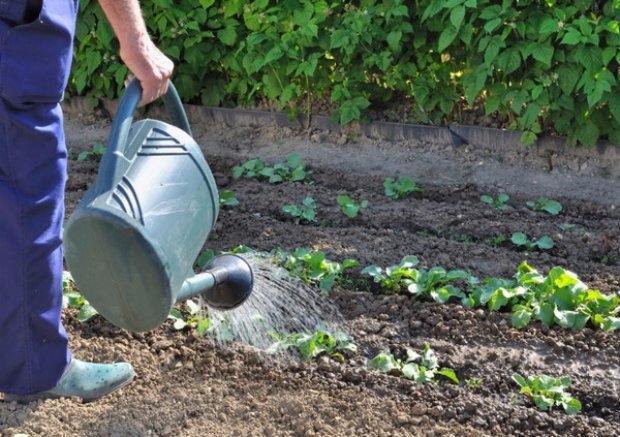

Peking cabbage should be watered in the morning or evening.
Top dressing
Peking cabbage, like any normal plant, loves fertile soil. When planting seedlings and later, at the initial stage of setting the head of cabbage, the plant needs nitrogen. For further growth, the culture needs phosphorus and potassium.
You can feed it with a solution of bird droppings or mullein: 500 g of fertilizer per 10 liters of water. For each bush, you must take 1 liter of infusion.
Varietal features of the culture
Tasty and healthy Peking cabbage resembles a salad in the shape and structure of its leaves. Actually, only tender and juicy foliage is used for food - salads are prepared from it, and heads of cabbage are used for soups, marinades or dried.
Description of the vegetable
The plant, which is called head lettuce, forms leaves collected in a rosette up to 40 cm in diameter. The length of the foliage is 40 cm, and the color varies from pronounced green to light green. Fresh head of cabbage - elongated, with good looseness, weighs from 1 kg or more.
Specificity of agricultural technology
The foliage has a sweetish taste, a pronounced aroma and a fast growth rate. An ovary of up to 6 leaves can be used in cooking without removing it from the beds - the cut leaf will grow back quickly. Cultivation of a plant in a garden area is carried out taking into account its characteristics:
- poor transplant tolerance. Seeds are germinated in containers made of peat, and when transferred to the ground, they try not to touch the roots. Seedlings are placed in the soil mixture at the end of April, and in the middle of May they are planted in the ground;
- propagation by seeds and seedlings. Grains are sown in planting holes, 1-2 pcs., Keeping a distance of 30-40 cm (early varieties), 40-50 cm (late-ripening crops);
- the probability of shooting. The vegetable needs to be thinned out at the stage of formation of 3 - 5 leaves;
- exactingness to the soil. The soil must be fertilized with 1 bucket of humus and 2 tbsp. l. nitrogen-phosphorus additives per 1 m 2. The planting site is limed with dolomite flour or treated with ash from the roots of the culture.
Beijing needs to be watered regularly. Dense heads of cabbage form in open, sunny areas.
Lighting regulation
To prevent Beijing from releasing arrows, use non-woven fabric. The canvas controls the sun's access to seedlings and normalizes the microclimate:
- eliminates the risks of damage to crops during frost;
- minimizes the likelihood of plant overheating in sunny weather;
- isolates excess moisture, preventing decay;
- eliminates leaf damage by cruciferous midges.
Good precursors for Chinese cabbage are garlic, onions, cucumbers, potatoes, and carrots.
Growing in a greenhouse
In a greenhouse, it is more productive to grow Peking cabbage through seedlings - we will get a harvest faster. Since the plant ripens quickly (40–55 days on average), it can be planted between rows of tomatoes or cucumbers. She will have time to ripen and leave the greenhouse while the neighbors grow up.


Peking cabbage in a greenhouse is an excellent "compactor" for tomatoes and cucumbers
The main difficulty in growing Chinese cabbage in a greenhouse is the high temperature during the day.... The optimum temperature for this culture is 20 ° C.
Transplanting
Peking cabbage does not tolerate transplanting well, so the seedlings should be immediately planted in separate containers. Planting seeds should be started in the second half of March. The best option would be to plant them in peat pots. Then, when planting in the ground, the root system will not be damaged.
The beds need to be prepared in the fall. This culture needs a neutral soil with a Ph acidity of 6.7-7.4. Loam works well. If the acidity is higher, add lime or dolomite flour. In the spring, when digging, add a bucket of compost or humus for each m2. On acidic soil, Peking cabbage will be affected by keel, a common plant disease.
Planting Chinese cabbage seeds for seedlings should be carried out in compliance with the following rules:
- Dry seeds should be planted in moist soil without presoaking.
- Put 2-3 seeds in a hole 1.5 cm deep.
- The distance between the rows is about 30 cm for the early varieties and 40 cm for the later ones.... The same distance should be between plants.
- Water sparingly, avoiding waterlogging and drying out of the soil.
- When the third leaf appears, remove weaker plants from the hole, leaving one strong sprout.
When grown through seedlings, a seedling with six leaves can be planted in the ground (in the fourth week of life).
If the plants are planted too densely, then they will not begin to tie the head, but will grow in the form of a lettuce.
Providing watering
Peking cabbage is moisture-loving. It should be watered 2-3 times a week. It is best to equip her with drip irrigation. To retain moisture, cover the ground with mulch, such as straw.
Fertilization
Fertilizers must be used carefully, because this cabbage easily accumulates nitrates.... It is enough to add top dressing to the soil before planting. It is not necessary to fertilize the cabbage during the growth process. Nitrogen-containing fertilizers are best suited for Chinese cabbage: mullein, weed infusion or complex mineral fertilizers.
I only use ash infusion: 300 g of wood ash in a bucket of water, leave for 24 hours.
To prevent nitrate build-up, it is important that at least two weeks have elapsed since the last dressing before harvesting.
Care
You can spud cabbage twice: 20 days after planting, and then another 10 days later. The "Peking" root system is shallow, so it is necessary to cultivate the land around it carefully.
However, if you don't want to huddle, then don't do it, I just loosen the soil around the plants, removing the weeds, and my cabbage has nothing against it.
Video: the main mistakes when growing Chinese cabbage
Early ripening crops
Early maturing varieties are distinguished by the peculiarities of the structure of the leaves. They are generally loose and lightweight. The weight of one head of cabbage is made up of the number of layers; the stump of such varieties weighs very little. From sowing the seeds to planting the shoots, it takes about 20-25 days. Harvesting begins 25-30 days after transplanting.
See also
When and why to spud cabbage, timing and number of procedures, is it necessary after planting in the ground
To read


Richie F1
Heads of cabbage weigh about 2.5 kilograms. The leaves are collected in a dense white rosette, have a porous structure. Suitable for preparing vegetable mixes, as an addition to main dishes. This hybrid, as a result of several crosses, received high immunity to a dangerous disease - mucous bacteriosis.
Vesnyanka
An early variety with a special appearance. Heads of cabbage are small, shortened. The leaves are dark green, even, without a porous structure. Vesnyanka stump is small, suitable for use in food. The variety has a special delicate taste. It takes about 35 days from the appearance of shoots on the soil surface to harvesting.
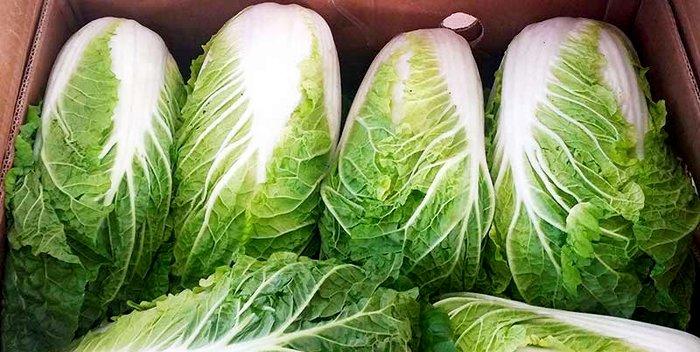

Peking broadleaf
The heads of cabbage of this hybrid have a light yellow tint. They grow up to 2 kilograms. The leaves are wide and loose. Seedless breeding allows harvesting 50 days after sowing.
Half pumped
This hybrid produces a good yield when grown in greenhouses or greenhouses. The growing season is 45 days. The head of cabbage grows up to 2.8 kilograms, has an oval, elongated upward shape. Leaves are greenish and hold their shape after cutting for some time. Suitable for preparing salads, it is used in blanks.
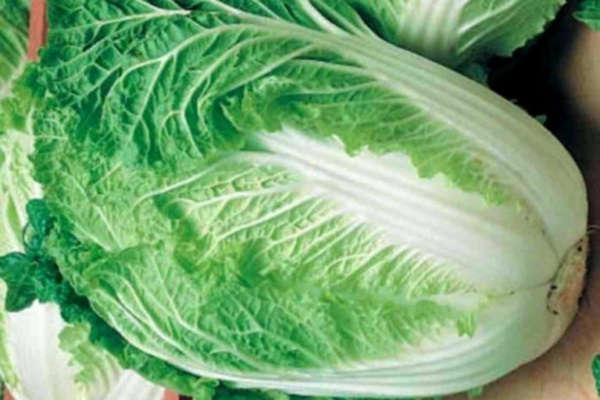

Tskha 2
The fruits of this hybrid are small, weighing about 500-700 grams. Voids are often formed among the leaves of the head of cabbage. Nevertheless, the variety is popular for its delicate, memorable taste. Suitable for salad mixes, gives them a special flavor.
Lenok F1
Small heads of cabbage, weighing up to 300 grams, are suitable for preparing one dish, without the need for further storage of the unused portion. The color of the leaves ranges from light green to light yellow. When overripe, they lose their taste.
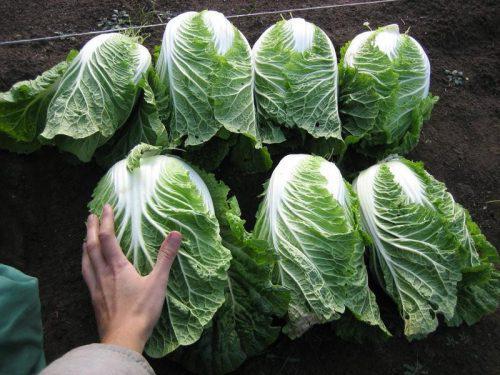

How to grow Chinese cabbage at home from a stump
It is amazing, but a new plant can be grown from a cabbage stump! It is enough just to put the cut off lower part of the head of cabbage with a height of at least 5 cm in a cup of water.
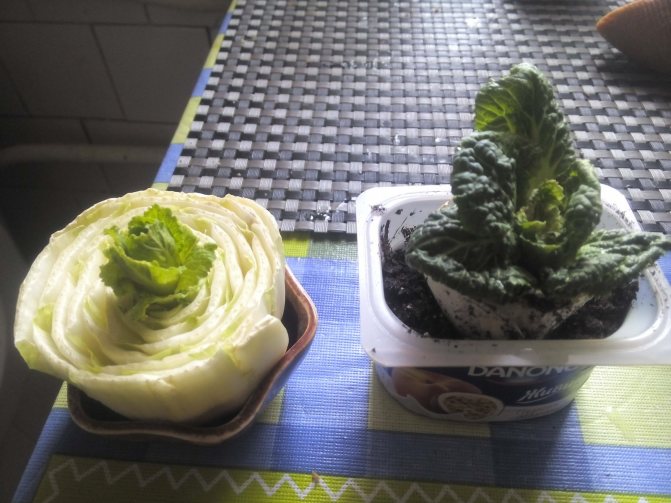

Unique Chinese cabbage can revive itself even from the stump
Put the cup with the stump in a cool place. When fragile roots appear in a week, the plant can be carefully transplanted into a pot with soil. Water without fanaticism - Peking cabbage does not like swamps. The top should rise above the ground. The growing leaves can already be eaten. And if you plant this new plant in an open ground or greenhouse, then it will soon turn into a real head of Chinese cabbage. Such a miracle.
How does climate affect cultivation?


The climate of the Ural region is sharply continental, with constant temperature drops. In the summer season, climatic contrasts between the northern and southern parts of the area increase. Such weather conditions make it difficult to grow vegetables.
The length of daylight hours, temperature fluctuations, the amount of precipitation will directly depend on:
- planting dates for Chinese cabbage;
- selection of vegetable varieties according to the degree of ripening;
- labor intensity for cultivation and care of seedlings;
- harvest time;
- the cost of storing vegetables.
Attention!
Despite the cold resistance of Peking cabbage, in order to obtain strong shoots and in the future high-quality formation of heads in the Urals, it is recommended to grow vegetables in seedlings in greenhouses and then transplant them into open ground.
Features of cultivation in different regions
The process of growing Chinese cabbage in different regions is not fundamentally different. When cultivating this crop in the zones of Siberia and the Urals, it is worth choosing more cold-resistant and early varieties, as well as a seedling and greenhouse cultivation method. Peking cabbage loves to be cool. The optimum temperature for it is 8 ° C at night and a maximum of 18 ° C during the day. At high temperatures, cabbage blooms faster.
It turns out that the central part of Western Siberia with its average summer temperature of + 15.5 - 18 ° C is the optimal place for growing Peking cabbage.
In northern regions with "white" nights, you need to think about how to darken the plantings, for example, cover with a dark non-woven material, since the head of cabbage will not form due to the long daylight hours.
In the middle lane and the Moscow region, you can grow any Russian varieties.
Key recommendations
The most optimal atmospheric front for the growth of Peking cabbage is + 15-170C. If hot weather prevails outside, flower stalks may form on the cabbage. When the seedlings are found in an open area at temperatures below 120C, Peking cabbage is capable of shooting, which reduces the formation of heads of cabbage. During the sprouting of cabbage, the temperature on the surface of the earth should be within 200C.
Tip: After stripping the leaves in the daytime, the soil temperature should reach 160C, and at night + 140C.
In order for the plants to have enough light and heat, at which they become resistant, the necessary conditions are created with the help of artificial lamps: their action lasts 12 hours a day. If the cultivation of Chinese cabbage is necessary for long-term storage, the seedlings can be planted directly in the ground in late June or early July. The interval between seedlings is maintained at 35-45 cm.
Most varieties of Peking cabbage have a growing season of 2 months. Therefore, you should independently determine the timing of its planting, based on the period when you want to get a harvest of strong and juicy heads of cabbage.
Diseases and pests of Chinese cabbage
To prevent many diseases of Peking cabbage, you need to take care of the soil on which it grows. To protect the plant from pests, you should adhere to the basic rules:
- In no case should you plant it in the beds after cruciferous plants, which suffer from the same pests and diseases (radishes, turnips, radishes, other types of cabbage).
- To avoid keels (an ugly tuber instead of a root), you need to reduce the acidity of the soil. Clay and peaty soils must be limed: 100 g of canned lime per 1 sq. m.
Chinese cabbage lovers among insects are aphids, slugs, cabbage whites and cruciferous fleas..
Cruciferous flea
The cruciferous flea lives in the upper soil layer, hibernates in plant debris, feeds on cabbage leaves. Pest control methods:
- weeding;
- harvesting plant residues after harvesting;
- planting in the neighborhood of onions, garlic, tomatoes or petunias;
- processing with tobacco dust, wood ash, infusion of garlic, potato tops or tomato tops.
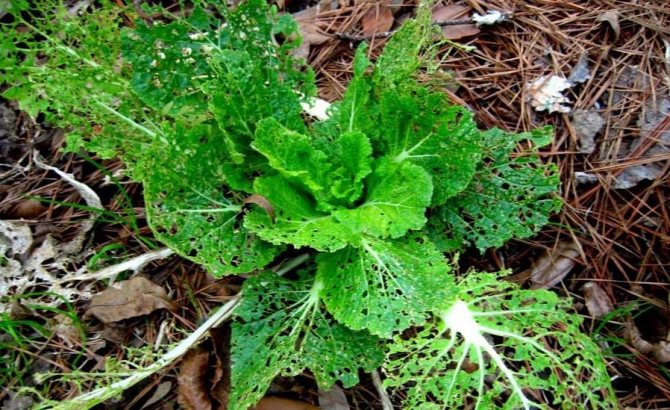

The cruciferous flea can do a lot of damage to the Beijing cabbage crop
Aphid
Aphids live on the underside of Chinese cabbage leaves. It feeds on plant juices, which is why the culture does not grow well and is deformed. Ways to combat aphids:
- planting in the neighborhood of umbrella crops: dill, carrot seed plants;
- spraying with infusions of onions or tobacco.
Slugs
Slugs live on the plant and eat all of its parts. Very dangerous and voracious enemies. To combat them, you need to mix wood ash, red pepper, salt and dry mustard. In dry weather, sprinkle the ground near the bushes, loosen a little. Plants can also be sprinkled with ash, red pepper and mustard.
Cabbage white
This butterfly is dangerous in that it lays eggs on the underside of the leaves of Peking cabbage. Caterpillars emerge from the eggs and gnaw right through the plant. They can be removed manually. You can make a spray solution from liquid soap and ash. A solution of mustard, salt and pepper also helps to fight the white woman and her offspring.
Cabbage fly
The cabbage fly is especially dangerous for seedlings. Lays eggs near the base of the plant or on its stem. The larvae feed on thick pieces of Chinese cabbage, making moves in them. A mixture of ash, tobacco dust and ground pepper sprinkled around the plants will also keep flies away from them.
In addition to folk methods, there are, of course, chemical pest control. However, Chinese cabbage accumulates harmful substances in itself well, and yields a crop quickly, so that these chemicals do not have time to be removed from the plant.... Therefore, you need to be careful with chemistry, and if you really use it, then no later than a month before harvesting.
To be honest, not a single pest has ever coveted my cabbage. Just in case, I sprinkle the bed with ash and lay out wormwood brooms on it. So it is useful to study a possible enemy, but you should not be especially afraid.
When to harvest and how to store the crop?
To keep the cabbage for a long time, harvest on time. Early maturing varieties are harvested until the air temperature drops sharply. Mid-season and late-ripening varieties must be removed before the onset of frost.
- It is necessary to clean in dry weather, without waiting for frost and rain.
- When harvesting, shake each head of cabbage from the ground, tear off the damaged leaves.
- Look closely for insects and diseases. Then wrap each head in cellophane wrap.
- Can be folded into boxes, do not tamp tightly. You can store it in your basement or cellar.
- Inspect crop every two weeks for damage, cut and rewrap with cling film.
- If there is no cellar, store in the refrigerator.
- You can still freeze it. First, chop, arrange in bags and place in the freezer.
Read more about how to store cabbage in winter here.
Now put this knowledge into practice. You can easily grow Chinese cabbage.Enjoy the preparation, taste and benefits of this wonderful vegetable.
Table: Possible Problems When Growing Peking Cabbage
| Problem | Decision |
| Black dots on the leaves | This is either a sign of a simple metabolic disorder in the plant, or a conidia fungus infection. In any case, pests and bacteria like to settle in these affected areas, so you cannot eat such cabbage. |
| Cabbage is in bloom | Peking cabbage quickly blooms from stress, so you need to:
|
| Does not tie heads of cabbage |
|
Peking planting methods
On the territory of Russia, cabbage salad is grown by seedlings or seeds. Summer residents are comfortable with the first method, because it contributes to a good harvest. When planted in open ground, heads of cabbage are formed later, which is not justified for regions with low temperatures.
Seedling technique
Early-ripening Peking species can be planted in March, and late-ripening cabbage - in the last week of June. The work is carried out as follows:
- Prepare the soil by introducing the substrate. It is prepared from peat, turf and sand in equal proportions.
- Seedlings are taken out without hardening. To do this, the seeds are placed in 1 cm peat containers, watered with warm water and left for 3 days.
- The overgrown material is placed in a lighted area and watered regularly.
- After 25 days, the seedlings are transferred to open ground, pre-hardening is carried out.
- The sprouts are placed in the soil, keeping a distance of 35-40 cm between the holes. The row spacing is done at a distance of 50 cm.
- A nutrient mixture based on 500 ml of water, 500 g of humus and 2 tbsp. Is placed in each hole. l. wood ash.
It is necessary to plant shoots carefully, without bending the roots. The soil must be rammed, and the plant is watered at the root.
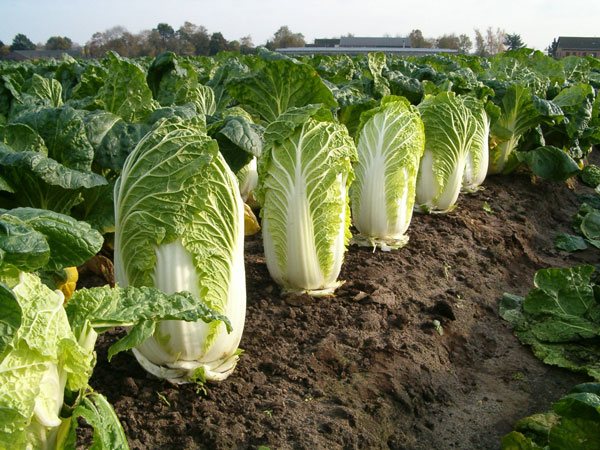

Sowing grains
When sowing material in open ground, only warm weather should be selected. The holes are made according to the principle similar to seedlings - the distance between the seedlings is 40 cm and the inter-row distance is 50 cm. The grains are placed at a depth of 1-2 cm to accelerate germination. A film or agrotextile is laid on the bed to protect it from cold snaps. The cultivation technique does not depend on the variety of the cabbage. The short growing season allows the plant to be planted twice per season. To obtain seeds, the culture grows during the period of increasing daylight hours, and to prevent blooming, it is planted when the daylight hours are shorter.
Harvesting
For the preparation of salads, the upper leaves are plucked and eaten, vegetables for storage are cut along with the stump, lifting all the tops up. Different varieties of "Peking" are stored in different ways - so varieties in which the leaves do not close - are used directly for food, during storage the leaves will wither and the head of cabbage will dry out. The head of cabbage covered with leaves is stored until December - February. The late-ripening variety Nika is perfectly stored in winter, and is also suitable for harvesting.


Due to the fact that the growing season of a vegetable is 2 months, you can independently choose the time of planting and harvesting.
Peking early cabbage is used immediately after harvesting for food, but middle and late varieties can be stored, fermented and prepared from them for the winter.
Climate dependence


As already mentioned, not all varieties are suitable for growing in Russia. Some, such as the late-ripening Bokal variety, are capricious, so it is advisable to grow them in warm climates.
The variety Russian size was developed specifically for regions with a harsh climate., and the breeders were domestic biologists, therefore this variety is resistant to cold, unpretentious to the soil and early ripening.
Late-ripening varieties are recommended to be grown only in favorable climates. When planning to start growing Chinese cabbage, special attention should be paid to choosing a site for planting, preparing the soil and buying seed. It is also important to take into account the climatic features of a particular region, because in many respects the timing will depend on them.
Cultivation on the site
With good care, any gardener can achieve a good harvest on his site. Weeds should be removed regularly and avoided, for example by mulching with dry grass. This method will not only prevent weeds from growing, but it will also retain moisture in the soil.
At the beginning of the ovary, it is recommended to tie the heads of cabbage in order to obtain dense fruits.
For fertilization, you can mix humus with coconut substrate in a 1: 2 ratio. Or use turf and peat mixed in half. Using manure as fertilizer, use 4.5 kg per 1 m2. It is not recommended to feed the plant with mineral fertilizers, since this type of cabbage tends to accumulate nitrates.


Important! White nights prevent the formation of the cabbage, so in the northern regions it is recommended to darken the cabbage at night.
Peking cabbage needs to get a sufficient amount of moisture, but excessive watering can harm the plant: sour soil becomes a favorable environment for the development of fungi and can contribute to root rot. On beds in the absence of precipitation, watering is recommended every three days. In the greenhouse, once a week will be enough.

